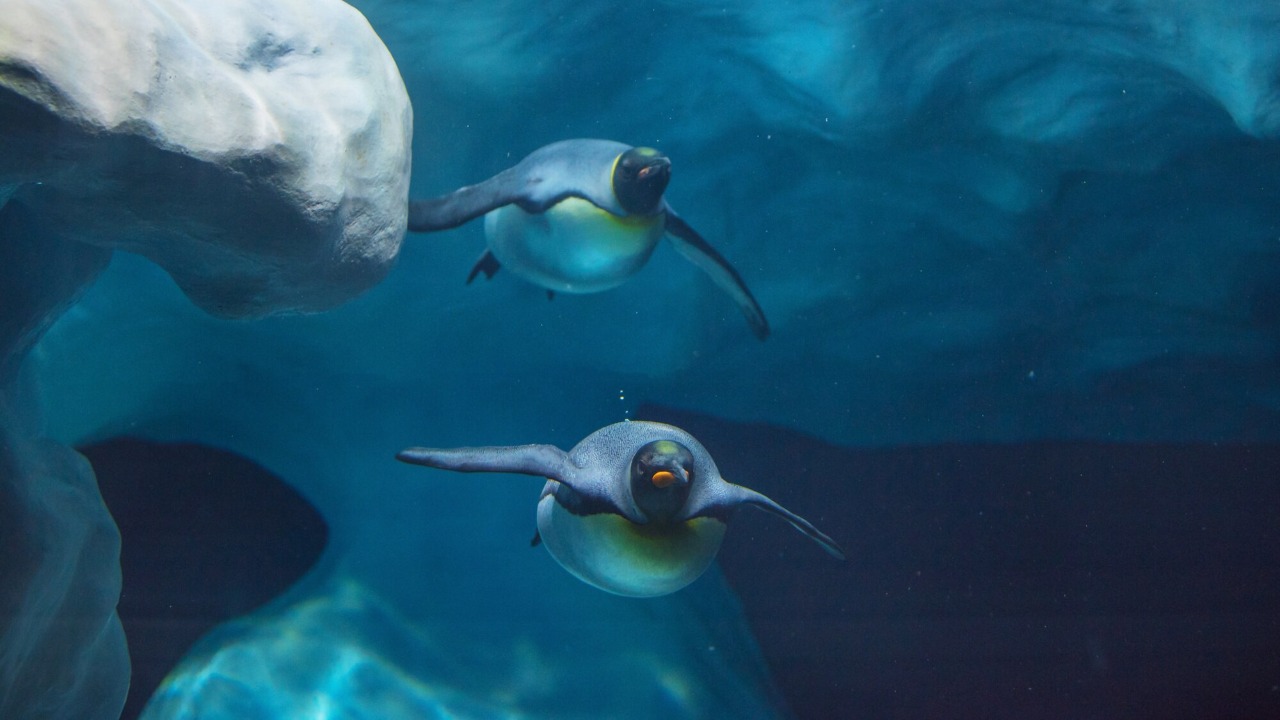
A fascinating discovery has emerged from the icy depths of the Antarctic Ocean: a new species of feather star, aptly named the Antarctic strawberry feather star, has been unearthed by scientists. This intriguing marine creature not only captivates with its visual resemblance to a strawberry, but also contributes significantly to our understanding of biodiversity in one of the most extreme environments on Earth.
The Discovery and Identification
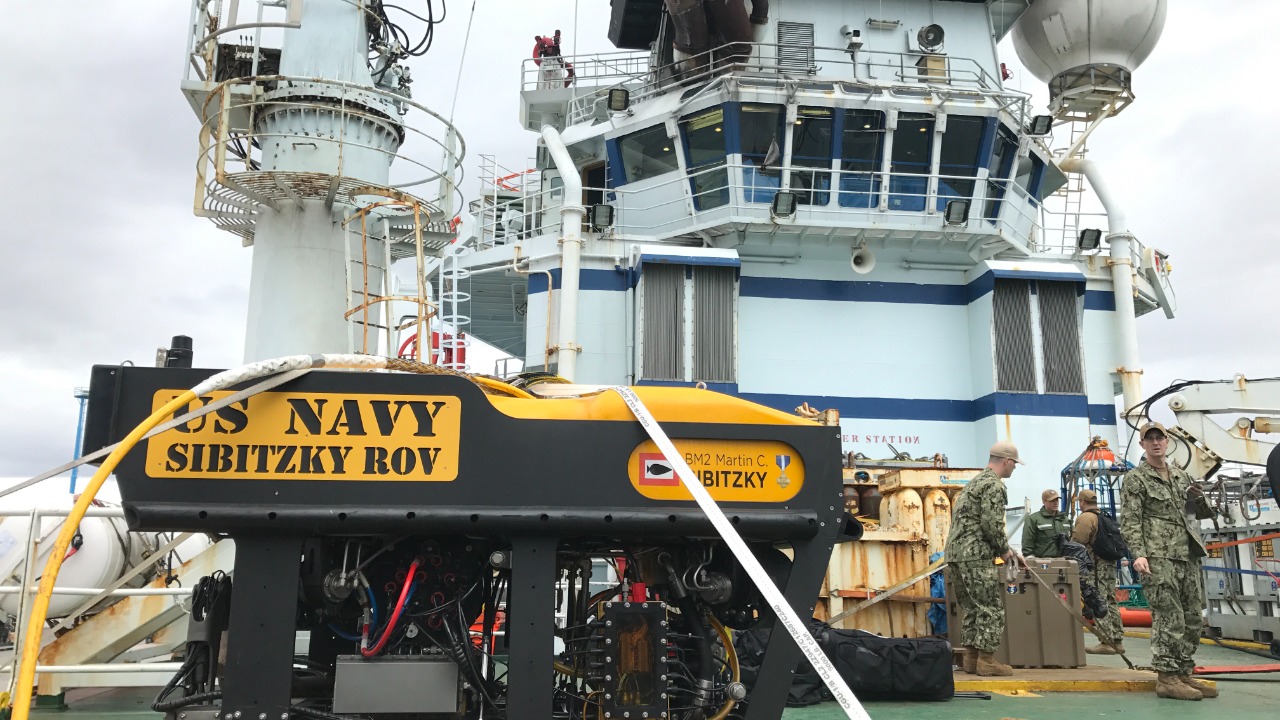
The discovery of the Antarctic strawberry feather star is a testament to the cutting-edge exploration missions in the Antarctic region. This breakthrough was made possible by a team of dedicated scientists who embarked on an expedition using advanced technologies to probe the mysterious depths of the Antarctic Ocean. Their mission employed remotely operated vehicles (ROVs) and deep-sea cameras, which allowed them to capture high-resolution images and videos of the seafloor. These tools were instrumental in uncovering the feather star, hidden beneath layers of ice and obscured by the frigid waters.
The Antarctic strawberry feather star boasts distinctive physical characteristics that make it stand out among its peers. Its vibrant coloration and unique structure bear a striking resemblance to a strawberry, with a bright red central body surrounded by feather-like arms. These arms, which are used for locomotion and capturing prey, exhibit an intricate design, further highlighting the marvel of nature’s creativity. The process of naming and classifying this species was guided by its unique attributes and the need to place it within the broader context of marine biology. The name was chosen to reflect both its visual appearance and its habitat, while its classification helps scientists understand its evolutionary relationships with other feather stars.
Ecological Significance
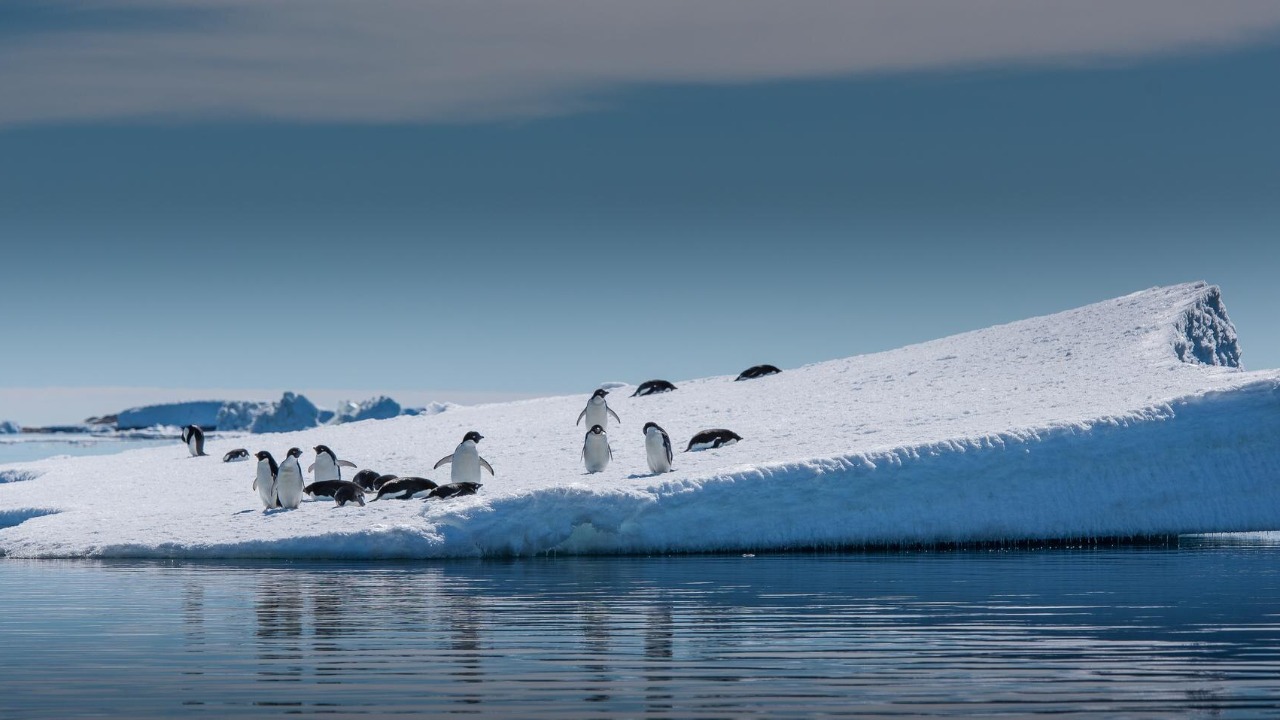
The Antarctic strawberry feather star plays a crucial role within the Antarctic ecosystem. As part of the benthic community, it contributes to the complexity of the food web in this remote ocean. Its presence provides a food source for other marine organisms, ensuring the continuation of the delicate balance that sustains life in the region. Moreover, the feather star’s interactions with its environment offer insights into the ecological dynamics at play in such extreme conditions.
Surviving in the harsh Antarctic environment requires remarkable adaptations, and the Antarctic strawberry feather star is no exception. Its resilience to extreme temperatures and pressures underscores its evolutionary success. These adaptations not only enable it to thrive but also offer scientists valuable information about the limits of life on Earth. The discovery of this new species enriches our understanding of biodiversity in polar regions, suggesting that there may be many more undiscovered species beneath the ice, each with unique adaptations and ecological roles.
Scientific Methods and Challenges
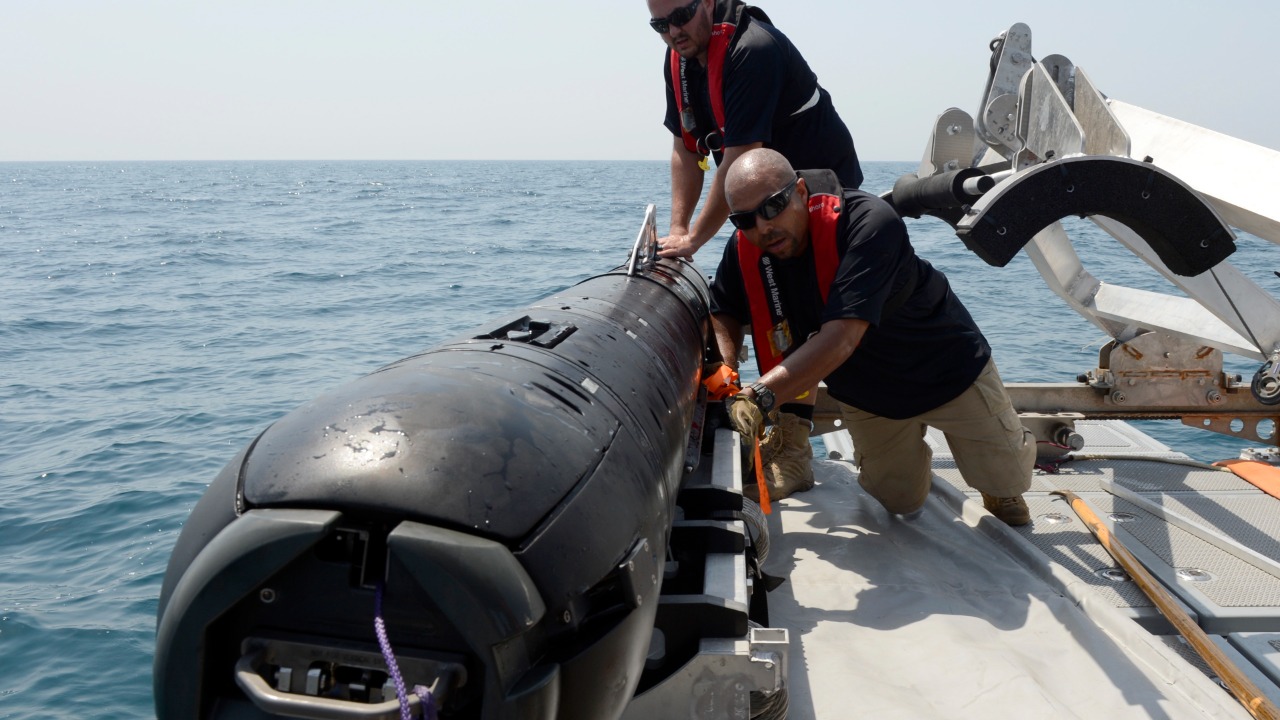
The tools and technologies used to discover the Antarctic strawberry feather star highlight the advancements made in marine exploration. Remotely operated vehicles, equipped with sophisticated cameras and sensors, allowed researchers to explore areas previously inaccessible to humans. The use of these technologies provided a glimpse into the hidden worlds of the deep sea, revealing the intricate ecosystems that exist beneath the ice.
Despite the technological advancements, researchers faced significant challenges during their mission. The logistical hurdles of conducting research in remote and hostile environments, such as the Antarctic, are immense. Scientists had to contend with extreme weather conditions, limited accessibility, and the technical difficulties associated with operating equipment in such a challenging setting. However, the successful discovery of the Antarctic strawberry feather star demonstrates the perseverance and ingenuity of the scientific community. The knowledge gained from this discovery not only advances marine biology but also sets a precedent for future studies in similar environments.
Conservation and Future Research
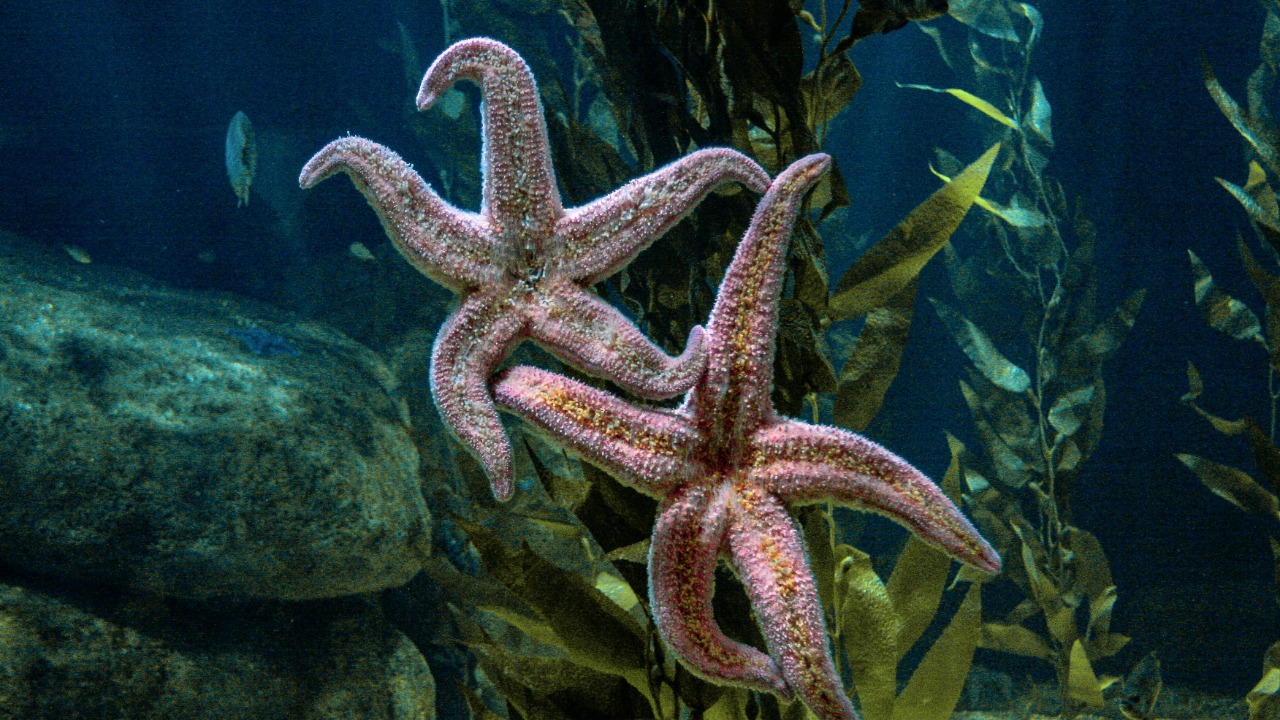
As with many newly discovered species, the Antarctic strawberry feather star faces potential threats from environmental changes and human activities. The impact of climate change on the Antarctic ecosystem is a growing concern, as rising temperatures and melting ice could disrupt the delicate balance of the region’s marine life. Additionally, human activities, such as fishing and scientific exploration, must be managed carefully to minimize their impact on this fragile ecosystem.
The importance of continued exploration in polar regions cannot be overstated. Ongoing research is essential to uncover more unknown species and understand their roles in global ecosystems. Future studies could focus on genetic analyses, habitat mapping, and assessing the impact of environmental changes on feather star populations. These efforts will help inform conservation strategies and ensure the preservation of Antarctic biodiversity for future generations.
Public Engagement and Education

Raising public awareness about the discovery of the Antarctic strawberry feather star and the importance of preserving Antarctic biodiversity is crucial. Initiatives aimed at educating the public can foster a greater appreciation for the natural world and the need to protect it. Collaborations between researchers and educational institutions provide opportunities to engage students and the public in marine science, promoting a deeper understanding of the challenges and opportunities in studying remote environments.
The role of social media and digital platforms in sharing discoveries and engaging a wider audience in scientific dialogue cannot be underestimated. Online communities and platforms, such as Facebook groups, have become valuable tools for disseminating information and fostering discussions about scientific advancements. By leveraging these platforms, scientists can reach a broader audience, inspiring curiosity and encouraging support for ongoing research efforts. As we continue to explore the mysteries of the Antarctic Ocean, public engagement and education will play a vital role in ensuring the preservation of its unique biodiversity.